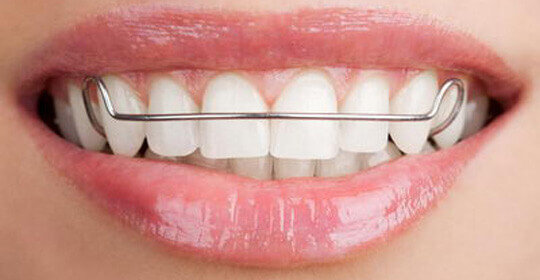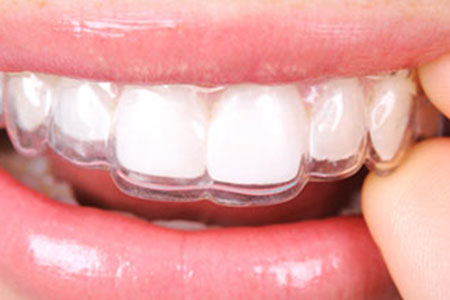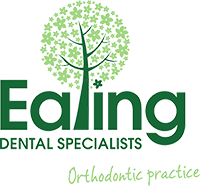Retainers hold newly straightened teeth in place while the surrounding gum and bone adjusts to the new position of the teeth. The tissues around the roots take time to adjust to the new tooth positions and there is a particular risk of relapse in the early months after the brace is removed. Even in the longer term, some risk remains and the best advice is to continue retention indefinitely if at all possible.
Retainers may be removable or fixed, and there are advantages and disadvantages to both.
- Removable retainers are usually worn full time initially but reduced to night times after a period of time. Your orthodontist will tell you how long to use the retainer for. They are effective but obviously depend on the patient remembering to wear them. There are two types called Essix and Hawley and which one you use will be dependent on your treatment type.

- Fixed/bonded retainers are usually bonded to the back surface of the teeth so they cannot be seen during day to day activity. They are therefore in place all the time and are highly effective, though you do have to take care with eating certain food types and performing certain activities. A high standard of tooth cleaning near the retainer wire is essential to avoid gum problems. They do need regular inspection (we recommend a check up every 12 months) because if any of the bonds fail, the tooth in question may start to drift out of position. We guarantee our bonded retainers for 12 months so any repairs made during this period are free of charge. For this reason it is essential for the patient to contact us at once if there is a breakage. Bonded retainers are not available as part of NHS care, please see the fee guide for prices.



 Olesia is from the magnificent country of Ukraine who has been with our practice for the past nine years. She is our Orthodontic Therapist Extraordinaire who loves her job and the witnessing the transformation of every patient’s smile. In her free time she likes reading, gardening and enjoys spending quality time with her family
Olesia is from the magnificent country of Ukraine who has been with our practice for the past nine years. She is our Orthodontic Therapist Extraordinaire who loves her job and the witnessing the transformation of every patient’s smile. In her free time she likes reading, gardening and enjoys spending quality time with her family
 BDS, MSc Orth, MFDS RCS, MOrth RCS
BDS, MSc Orth, MFDS RCS, MOrth RCS BDS MClinDent (Orth) MJDF MOrth RCS (Eng
BDS MClinDent (Orth) MJDF MOrth RCS (Eng BDS, MSc Orth, MFDS RCS, MOrth RCS
BDS, MSc Orth, MFDS RCS, MOrth RCS BDS MJDF RCS Eng MClinDent MOrth RCS Eng
BDS MJDF RCS Eng MClinDent MOrth RCS Eng